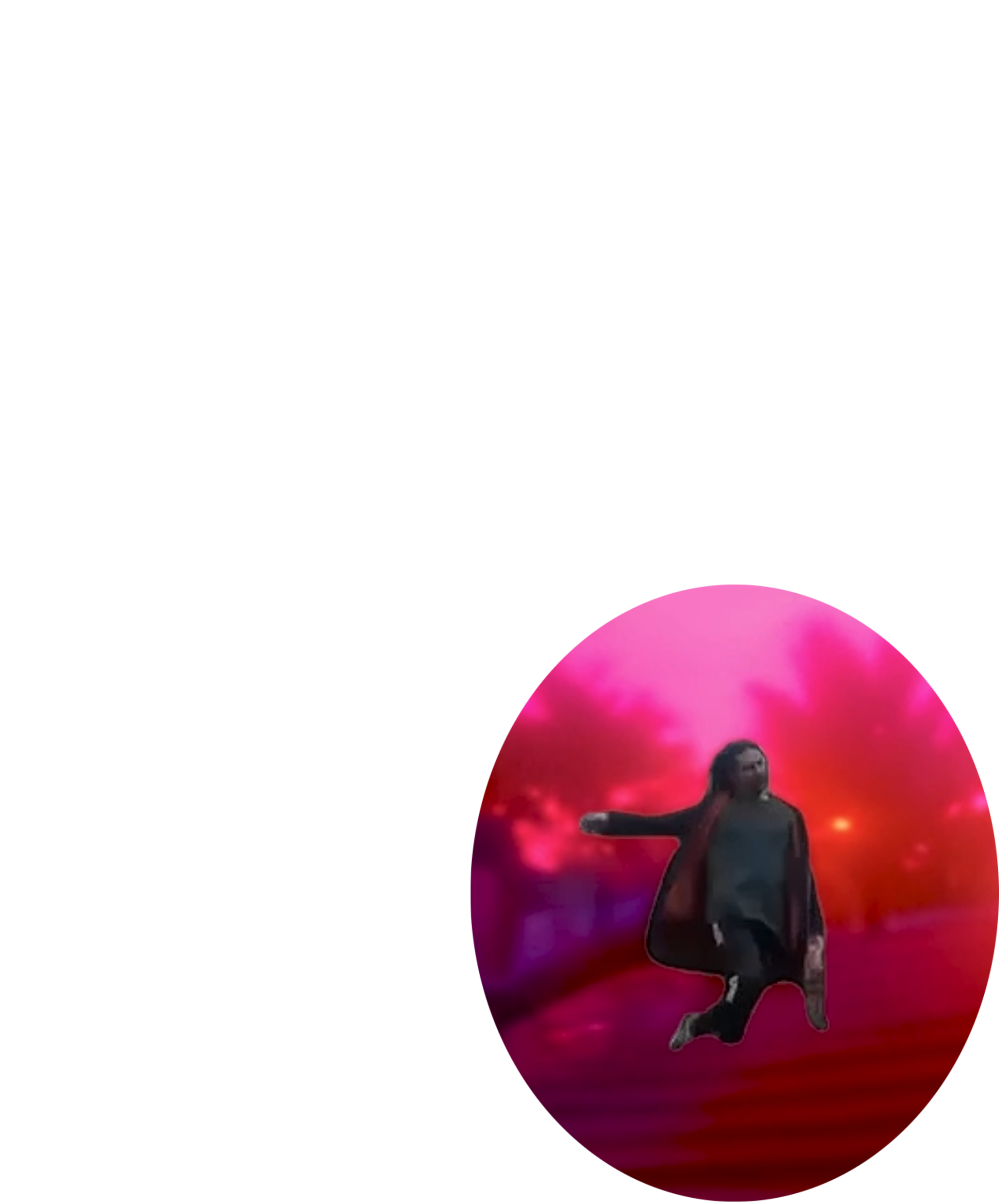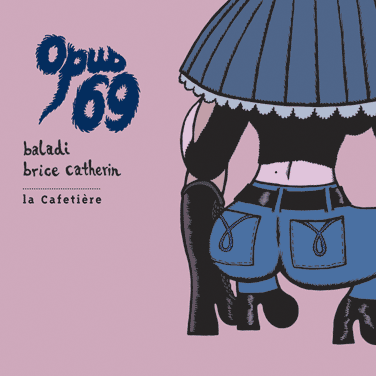
In December 2003, a few months after I discovered MAX (a live electronic music programming software), I designed a piece for electronic and free ensemble (as big as possible). It was a very simple composition that can be put on quickly with musicians of different levels (including children). A year later, I wrote a second piece for electronic and free ensemble, and a third one the following year, this time for improvisers and electronic. I had the chance to practice, and later to premiere this piece with Anne Gillot and Laurent Estoppey (they are officially thanked here). The latter exclaimed during the first try; "it's funnier than a PlayStation". Therefore, I baptised my pieces for electronic and free ensemble Play Station 1, 2, 3, 4 and 5.
Some of them are for improvisers, and require from them a very particular way of improvising; others are written pieces; others are pieces for tape from recorded improvisations. A second series of my electronic pieces is intended for non-musicians; there are a kind of "contemporary music generator" and are handled by one person at the time using informatics devices: a video game controller (PSP), a video game wheel (GTA) and a graphic tablet (Padman).
Here are some detailed informations about each of the Play Stations.
the Play Station 1;
the Play Station 2;
the Play Stations 3, including the written versions;
the Super Play Stations 3 Turbo, including the written versions;
the Play Station 4;
the Play Station 5;
the Play Station Portable;
GTA;
Padman;
Büdük and freedom tomorrow;
Soirées 69 et Play Station (all audience concerts with Play Stations and acoustic pieces).
Play Station 1, 2003, reworked in 2005, free duration.
Graphic score (but quite precise, though), inspired by Morton Feldman's treatment of time: take the time to listen to each single sound and allow long breathings between each intervention of the ensemble. A kernel of musicians has to be professional, and the rest of the orchestra can be of any level (including amateurs).
Play Station 2: sinusite, 2004, 5 minutes 56.
The PS2, adapted from my piece for tape "Sinusite", exists in two versions: in the first one, the musician(s) keep(s) a single note for 5 minutes 56, that are transformed by the electronic. In the second one, the musicians can vary the notes freely, and at the same time take into consideration the radical electronic treatment that is happening to them.
Play Station 3, 2005, free duration.
This piece uses the (slightly) modified "patcher" (electronic treatment programmed in MAX) from the second movement of my piece for harp and electronic, die Harfen. I describe this piece as an "improvisers transformer". The instrumentalists, indeed, do not improvise along the electronic but in it: their direct sound is not (or hardly not) audible, but treated live by the electronic. Therefore, everything the instrumentalists play is transformed in the wish of the electronic musician, who, as for him, has to improvise with what the instrumentalists produce. In the end, one obtains one single global sound that is the product (and not the addition as in a traditional improvisation) of the improvisers? subjective and instantaneous decisions.
Super Play Station 3 Turbo, 2006, free duration.
Reaching the limits of my PS3 for the improvisation (since then I use it only for PS3: CHAU), I realised a new version offering the same possibilities, (multiplication of the instruments, transpositions, delays and filtering) but with an improved manoeuvrability. It is the Play Station I use the most often for my improvisation concerts, including for solo concerts, by singing in it.
Play Station 4, free duration over 45 minutes, 2009.
Like the PS3, the PS4 is the revised version of a patcher made for a written piece, more specifically of the the first part of My piece with something like hope in the end. The improviser(s) is/are "absorbed" by the electronic (one cannot hear their direct sound), mixed with the electronic pattern and spatialised into four tracks. The piece is to be listened to with earplugs in a way that the sound, loud but not deafening, passes as much trough the body as through the ears.
Play Station 5, 2011, free duration over 40 minutes
The PS5 is a kind of looper where the different loops of different lengths are synchronized differently on each iteration. Each loop must be at least one minute long. In the end, one reaches a layer of at least thirty loops. Thus one has to improvise in a very particular way, that is to say in a very ethereal manner so as not to saturate the piece.
Play Station Portable, 2007, free duration
The PSP is my first piece for "anyone and live electronic". This means that anyone, musician or not, can realize an electronic piece with the help of a video game controller. The player is the only person to hear his/her piece as it only audible in his/her headphone. (But each piece is recorded automatically!)My second piece for "anyone and live electronic", GTA, has to be played with a video game wheel and pedals. The player seats in a musical deckchair made by myself, with four small speakers around his/her head, two bigger speakers at the back (that produce sound and offer a massage at the same time), and a few piezos in the security belt.
Büdük freedom tomorrow, 2016, 26 minutes
Büdük and freedom tomorrow is a sound installation for one person at the time playing a 26 minutes work with a video game sterring wheel.------------------------------------
The premieres of my first three Play Stations happened at the occasion of the first retrospective of my work, precisely under the name Soirée 69 et play stations that was offered to me in 2005 by the festival Akouphène. (May it be praised.) The Play Stations were played along with one of my acoustic pieces, Opus 69 for solo cello.|
An extract of Peregremotion II, at the théâtre du Grütli. |
An extract of Opus 69, at the théâtre du Grütli. |
Discography

One of the pieces of the Soirée 69 et Play Stations, Opus 69, is available in the album Opus 69. Opus 69 is a comic book / CD realised with the illustrator Baladi. Four short and mute stories by him, four compositions by Brice Catherin. The result is an esoteric lesbian and feminist porno album. All the informations are on the website of la Cafetière.